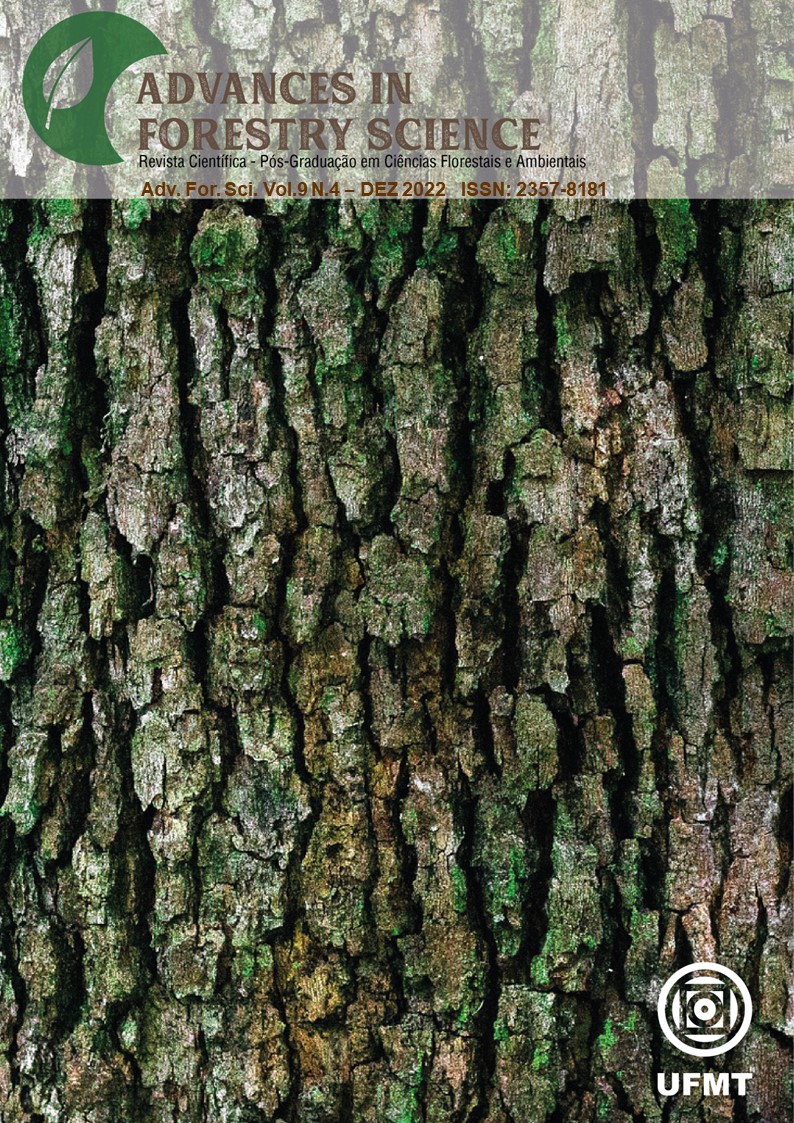Investigating the alkaline treatment of fiber coconut (Cocos nucifera L) for cellulosic ethanol generation
DOI:
https://doi.org/10.34062/afs.v9i4.13219Abstract
The coconut husk of Cocos nucifera L. species has a high potential for use in industry and agriculture, and many studies on the use of this biomass are being developed for the production of biofuels. Sodium hydroxide solution (NaOH) is one of the oldest and economically viable treatments for reducing the lignin content and improving energy efficiency in biomass. Thus, the objective of this research was to analyze the solubility of the fibers biomass in the mesocarp of Cocos nucifera with different concentrations of sodium hydroxide (NaOH). The fibers were separated from the bark, which had their extractives removed, and were subjected to the solubility procedure in 1, 2, 3, and 4% NaOH. The Klason lignin and holocellulose were determined. Changes in functional groups of Klason lignin were observed by infrared spectroscopy (FTIR). There was a decrease in Klason lignin content due to alkaline treatment. Infrared spectra indicated structural changes between the treatments analyzed, especially when the following bands: 3 433 cm-1 (stretching of OH), 1 271-1 220 cm-1 (vibration of the guaiacyl ring with the contribution of the C=O stretch), and 1 116-1 165 cm-1 (stretching of CO of acid and/or ester). Coconut fibers treated with 4% NaOH maintained the integrity of holocellulose and presented high lignin degradation.
Downloads
Downloads
Published
Issue
Section
License
All copyright must be assigned to the Federal University of Mato Grosso.

